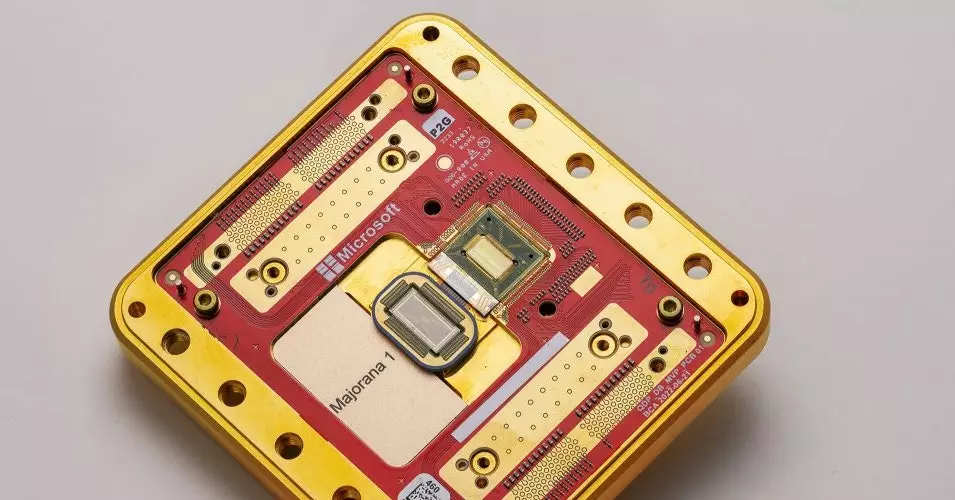Microsoft’s recent announcement surrounding the development of the first-ever topological qubits marks a pivotal moment in the field of quantum computing. The implications of this achievement extend beyond just technological advancement; they signal a potential revolution in processing power that could far surpass our existing classical computing capabilities. At the core of this innovation lies the Majorana 1 processor, designed with the potential to accommodate up to a million qubits. But what exactly does this mean for the future of computing, cryptography, and scientific research?
To appreciate the significance of topological qubits, we must first understand the fundamental distinction between classical bits and quantum bits, or qubits. Traditional computers operate using bits, which are binary and can represent either a 0 or a 1. In contrast, qubits leverage quantum mechanics, allowing them to exist in a state of superposition—simultaneously holding the potential for multiple values at once. This property enables quantum computers to perform computations at speeds unattainable by their classical counterparts, especially for highly complex problems such as breaking cryptographic codes or modeling intricate biological systems.
The practicality of harnessing qubits, however, hinges on the inherent fragility of their quantum states. Qubits are susceptible to ‘decoherence,’ where interactions with their environment disrupt the delicate balance of their state, rendering computations unreliable.
Majorana Particles: The Key to Topological Qubits
Microsoft’s groundbreaking methodology revolves around harnessing Majorana particles, theorized nearly a century ago by physicist Ettore Majorana. Unlike more familiar particles such as electrons, Majoranas are classified as ‘non-Abelian’ anyons that can only exist in specific materials—namely topological superconductors. The uniqueness of Majorana particles lies in their exotic properties: they can act as their own antiparticles, enabling a form of error resistance that is vital for stable qubit operation.
Topological qubits are theorized to be more resistant to the chaotic influences that typically plague quantum states. This error correction can ultimately lead to a new class of quantum computers capable of executing reliable and prolonged computations, thus reducing the extensive overhead required for error management in traditional quantum circuits.
Despite the excitement surrounding these developments, the scientific community remains cautiously optimistic. The research team’s recent paper in *Nature* and their proposed roadmap for future advancements outlines the potential but also highlights the significant hurdles in realizing practical and scalable quantum computers. While Microsoft may appear to be ahead in this race against IBM and Google, the lack of independent verification of their claims raises important questions about the feasibility of widespread adoption of this technology.
Moreover, the transition from theoretical breakthroughs to actual physical implementations is littered with complex engineering challenges. The need for extreme cooling and the precision required in creating and managing topological superconductors significantly complicates large-scale deployment.
The Future of Quantum Computing
Should Microsoft’s findings prove robust, the implications could extend far beyond improved computational speeds. Societal transformations could manifest in various domains, from cryptography that adapts to quantum-level hacking threats to accelerated drug discovery that can revolutionize healthcare. The practical applications appear boundless, ranging from logistics optimization to advanced materials science.
Ultimately, while the tantalizing prospects of topological qubits herald a new era for quantum computing, this field remains mired in an interplay of promise and uncertainty. As researchers continue to disentangle the complexities of quantum mechanics to forge paths toward practical applications, it remains imperative for both the scientific community and the public to engage with these developments critically. The future of computing is not only a technological endeavor but a deeply interconnected web of scientific inquiry, ethical considerations, and social impact that will shape the world in ways we are only beginning to imagine.

